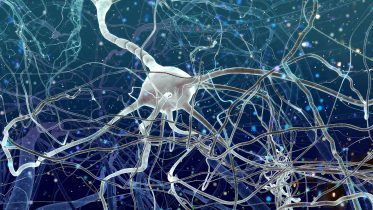A recent study reveals that Huntington’s disease impacts both brain nerve cells and blood vessels, potentially allowing early intervention. Researchers used novel, non-invasive techniques to track brain health, suggesting new treatment avenues focusing on the brain’s metabolism and vasculature. A recent study on Huntington’s disease demonstrates its effect on brain vasculature, offering potential for early diagnosis and new treatment strategies targeting brain metabolism and blood flow.
Research indicates that Huntington’s disease impacts not only the brain’s nerve cells but also has extensive effects on microscopic blood vessels. These vascular changes were also observed in the pre-symptomatic stages of the disease, highlighting the potential of this research in predicting brain health and assessing the benefits of lifestyle modifications or treatments. Huntington’s disease is an inherited genetic condition leading to dementia, with a progressive decline in a person’s movement, memory, and cognition.

There is currently no cure. The study, published in Brain Communications , is by Juliane Bjerkan, Gemma Lancaster, Peter McClintock, and Aneta Stefanovska from Lancaster University , Jan Kobal, Sanja Šešok, and Bernard Meglič from the University Medical Centre in Ljubljana, Karol Budohoski from the Cambridge University Hospitals NHS Trust, and Peter Kirkpatrick from Cambridge University. Neurovascular Research in Huntington’s Disease The team investigated c.























